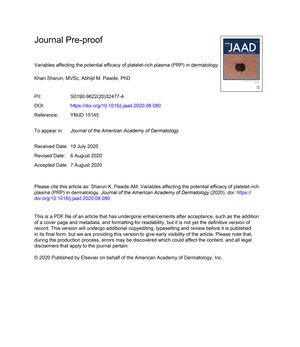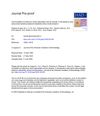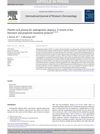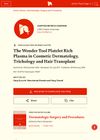Variables Affecting the Potential Efficacy of Platelet-Rich Plasma in Dermatology
August 2020
in “
Journal of The American Academy of Dermatology
”

TLDR Many factors, like patient health and how PRP is made, can affect how well PRP therapy works in skin treatments.
The document discusses the various factors that can influence the efficacy of platelet-rich plasma (PRP) therapy in dermatology. These factors include patient-specific variables such as age, sex, blood pressure, height, diet, mental and physical stress, physiological status, and the use of drugs and other consumables. Additionally, the document highlights the importance of the PRP preparation technique, which encompasses the platelet count, red blood cell (RBC) count, leukocyte count, whether the platelets are activated or non-activated, the method of PRP preparation (including gravitational centrifugation, cell separators, or plateletpheresis), the type of anticoagulant used, the revolutions per minute (RPM) and time combination during centrifugation, the type of centrifuge, and any operator-dependent effects, particularly in the case of a two-step gradient centrifugation technique. These variables can all potentially affect the outcomes of PRP treatments in dermatological applications.



